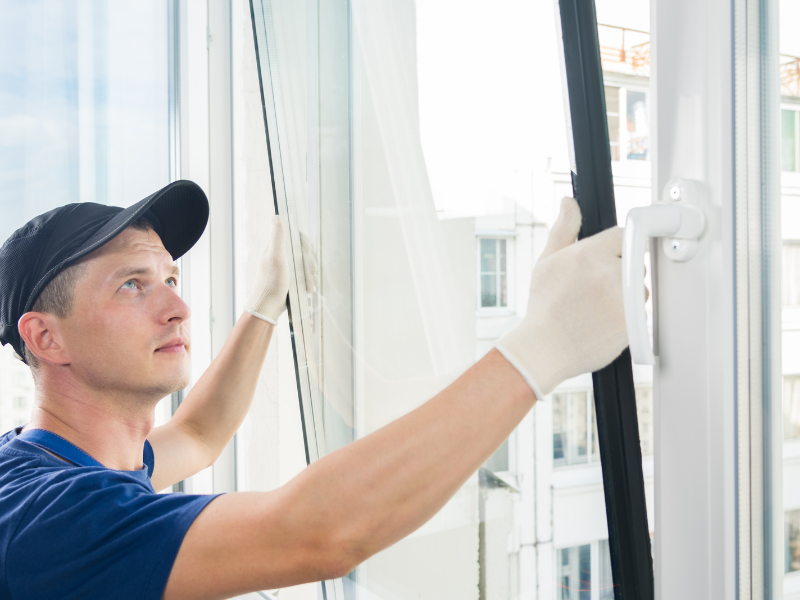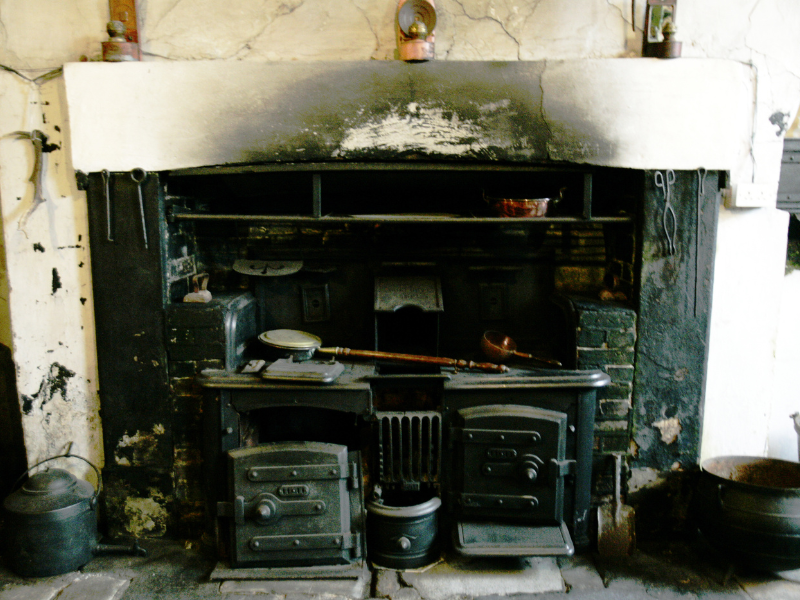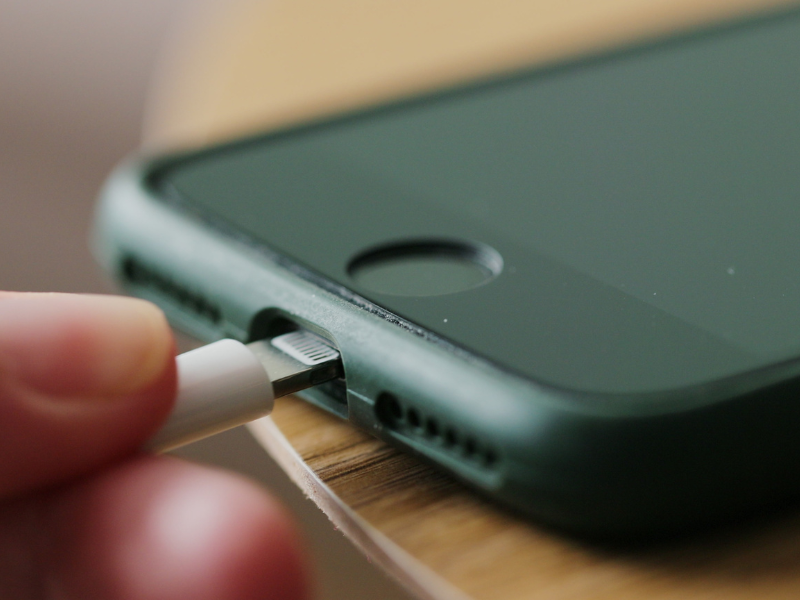Saving Energy With Air Curriculum Activity
Suitable for Primary (Years 3-6)
Victorian Curriculum Links:
Science
3-4: (VCSSU063)
5-6: (VCSSU081)
English
3-4: (VCDSTS023)
5-6: (VCDSTS033)
Activity Description
We know that double and triple glazing our windows with glass saves energy and lower heating costs, and the cool thing is, air is the magic in between the glass! But how much of a difference does glazing make?
In this activity, students develop simple models to demonstrate single and double-glazing and measure the temperature change over a 10 minute period. Before beginning the activity students make a prediction about what they think may happen and analyse their results providing an explanation as to how double-glazing windows can reduce heat loss and heat gain in a house.
Key Concepts
Energy Use, Energy Efficiency, Passive Solar, Sustainable Design
Key Learning Intentions
1. Students will be able to identify where heat loss and heat gain occurs in a house
2. Students will be able to setup a simple experiment, make a prediction, collect and analyse the results
3. Students will be able to explain the effect of double-glazing in a house
Suggestions for Assessment
Formative
1. Making a prediction about the outcome of the activity
2. Setup and completion of the double-glazing activity and working in a group
3. Participation in the Discussion questions above
Instructions
1. Tuning in
1. Ask students how they can reduce heat loss in winter and heat gain in summer in their homes
2. Focus on heat escaping through windows to explore the concept of double-glazing
3. Outline the activity – see Student Worksheet for instructions
4. Ask students to predict what they think will happen to the temperature in the two beakers after 10 minutes.
2. Double-glazing activity
Students to complete the activity and fill in the results table in their worksheet
3. Discussion
Work through as a class group for younger students or in their groups for older students
1. What happened to the water temperature in the single-glazed jar compared to the water temperature in the double-glazed jar?
2. Did what you think would happen, actually happen? Was your prediction right?
3. Why does the water in the double-glazed jar stay warmer than in the single-glazed jar?
4. How does the double-glazed jar allow less heat to escape?
Suggested ResourceSmart Schools Module Links
Undertaking the activity as described above links to the ResourceSmart Schools Energy Module – actions B1.2, B1.3
Below is a list of extension activities that link to additional actions of the Energy module:
- Develop an action plan to implement energy saving actions and systems at home based on your recommendations. Survey parents on their attitudes to energy saving at home (ResourceSmart Schools Energy Module – actions B1.1, B1.3, C3.4)
- Construct a pie or bar graph to present and compare your data. Present your findings and energy saving recommendations in a school newsletter or at assembly (ResourceSmart Schools Energy Module – actions B1.3, B1.4, C1.1, C1.3 )
- Investigate energy efficient strategies for the home and then include Energy Saving Tips in your school newsletter for families. You can explore Sustainability Victoria’s site on Energy Saving At Home for ideas (ResourceSmart Schools Energy Module – actions C1.1, C1.3, B1.3)
- Extend investigation to audit electricity use in the school classroom and develop a recommendation report to present to school leadership or council (ResourceSmart Schools Energy Module – action B1.3)
- Invite a local indigenous group to share their traditional perspectives on the seasons, as well as different forms of energy used to meet their needs for comfort and everyday tasks (ResourceSmart Schools Energy Module – actions B1.5, B1.6)
- Engage with students from other school(s) interstate or overseas to compare their energy use at school and home, to your own. Reflect on how different places and people adapt their behaviours, including their use of electricity, or the ways different cultures dress, in response to the weather and seasons (ResourceSmart Schools Energy Module – action C3.7)
- Investigate other sustainable building design ideas through the design and building of a model passive solar house, using everyday materials. See http://tryengineering.org/lesson-plans/so-lar-structures (ResourceSmart Schools Energy Module – actions B1.1, B1.3, B1.4)
Speak to your CERES ResourceSmart Schools Facilitator about further links to the Energy module.








